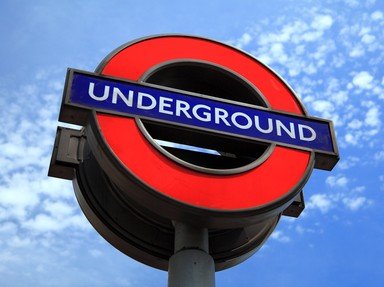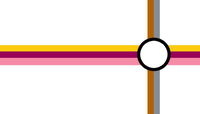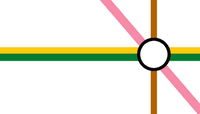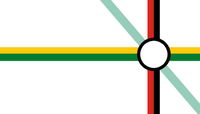
Colourful Exchanges Trivia Quiz
London Underground Interchange Stations
If you are visiting London, knowing which lines are which colour and at which stations you can change lines is a vital requirement. This quiz tests that knowledge.
by Snowman.
Estimated time: 3 mins.











